The art that arose from the snowy heights and in the warm plains of India became the frozen music of form in the vast expanses of Asia, from Siberia, Mongolia, Tibet, China, Korea, and Japan to Nepal, Ceylon, Thailand, Cambodia, Indonesia and other countries. Indian art in its Buddhist idiom is a transic response to the immensity of hummano-cosmic unity. The rich Buddhist heritage of Tibet is a revelation of the depths of transic meditations of great Masters which have been translated into the majestic abundance of visive symbols. These symbols take the form either of images or of thanka scrolls painted on linen as well as on silk. Day by day they are attracting ever-increasing attention of young students, art connoisseurs, artists, historians of art, of those interested in the mystique of the Orient, and even of the layman. As more and more thanka scrolls are being painted to adorn homes and inspire the hearts of modern man, it is evident that their subtle milieu is in need of introduction. The plurality of gods, goddesses and godlings painted in brilliant colouring, surrounded by flames, or in moving clouds, provides innumerable visual centres and rhythms. To afford an identity to this astonishing world of beauty, it becomes imperative to bring out a complete pantheon of Tibetan deities, so that they may be properly named, their symbolism understood in all the sublimity of colours of the original so that the frozen music of colour and form verily echoes the polytonic visions of Cosmic Consciousness. The outstanding deities of the Lamiast Pantheon have been studied in the learned works of modern scholars. Pander, Oldenburg and Clark have published three autocthon iconographic collections which have proved to be of importance in identifying deities of the enormous pantheon of Tibetan Buddhism. Besides the above three pantheons, we have the Rin-hbyun which has come to be well known in research works as the Five Hundred Gods of Narthang. It has been a major source for the iconographic studies of A. Grunwedel and F.D. Lessing. Isolated pictures have been published by them. In the present work, we have reproduced this pantheon of 500 deities and teachers, besides four others. The vast iconographic material preserved in Tibet is thus made accessible to modern scholarship. The present work is a sine qua non for Buddhist studies Tibetology, Mongolistics, History of Art, Indian Art and so on.

Buddhist Iconography (In 2 Volumes)
$64.80
$72.00
In stock
Free & Quick Delivery Worldwide
All orders amounting to US$ 50 or more qualify for Free Delivery Worldwide. For orders less than US$ 50, we offer Standard Delivery at $14 per book.
ABOUT THE AUTHOR Lokesh Chandra
Prof. Lokesh Chandra is a renowned scholar of Tibetan, Mongolian and Sino-Japanese Buddhism. He has to his credit over 400 works and text editions. Among them are classics like his Tibetan-Sanskrit Dictionary, Materials for a History of Tibetan Literature, Buddhist Iconography of Tibet, and the present Dictionary of Buddhist Art in about 20 volumes. Prof. Lokesh Chandra was nominated by the President of the Republic of India to the Parliament in 1974-80 and again in 1980-86. He has been a Vice-President of the Indian Council for Cultural Relations, and Chairman of the Indian Council of Historical Research. Presently he is Director, International Academy of Indian Culture.
reviews
0 in total
Review by Anonymous
Be the first to review “Buddhist Iconography (In 2 Volumes)” Cancel reply
You must be logged in to post a review.
Bibliographic information
Title
Buddhist Iconography (In 2 Volumes)
Author
Edition
2nd ed.
Publisher
ISBN
8185179719
Length
iv+879p., Illustrations; Tables; Index.
Subjects
more by Lokesh Chandra see more
similar bookssee more
Nivedita: Synthesis of East and West
$25.20
$28.00

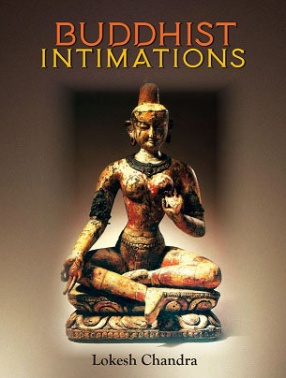
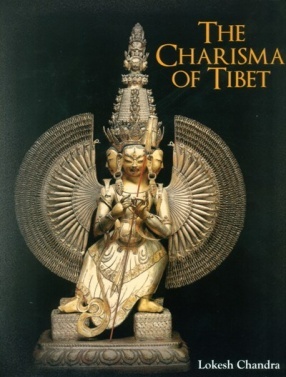
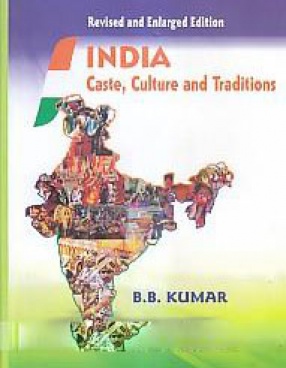
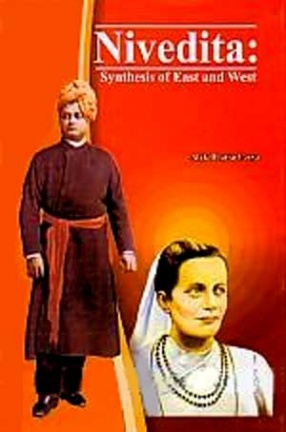
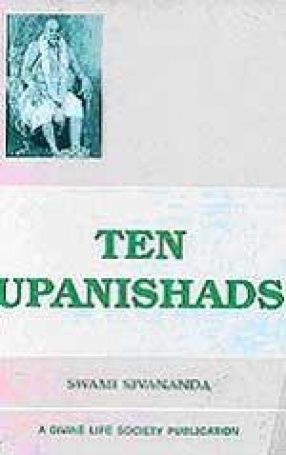
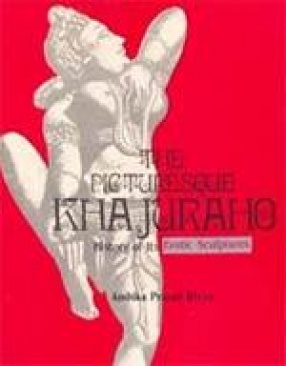
There are no reviews yet.